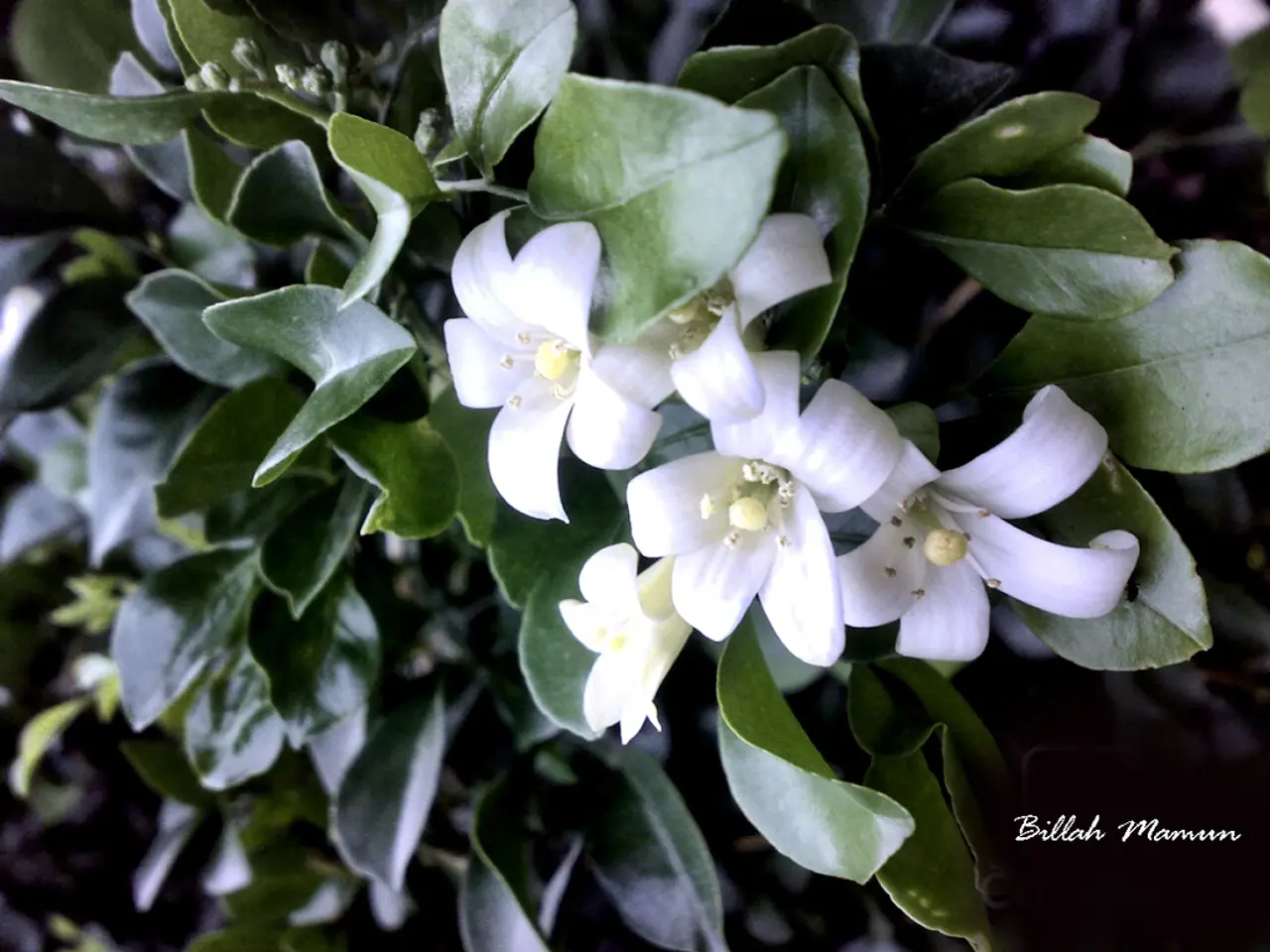Scientists in China Successfully Develop Multicolored, Luminescent Floral Specimens
Researchers at South China Agricultural University have made a vibrant breakthrough in the field of bioengineering, creating succulents that glow in various colours. The Echeveria "Mebina" plants have been modified by injecting them with strontium aluminate particles, a material that absorbs light and gradually emits it, allowing the plants to recharge their glow repeatedly when exposed to sunlight or LED light.
The glowing succulents offer an impressive display, with the brightest light comparable to that of a small night lamp. Once charged, they can emit their radiant colours for up to two hours. The cost per plant is approximately 10 Chinese yuan, or about $1.40 in American dollars (not including labour).
However, the innovation has raised concerns. Injecting leaves with foreign particles could potentially affect plant health, and there are questions about the long-term effects on plant viability. Keith Wood, from the U.S.-based biotechnology firm Light Bio, has expressed doubts about the practicality of glowing succulents replacing conventional lighting, calling them delightful novelty items.
Toxicity risks would need to be evaluated in case the leaves containing the particles were accidentally ingested. The Chinese research team plans to conduct safety and durability testing, and may also expand their testing to other plant species. They have applied for a patent on the technique.
The researchers envision potential uses for these colorful, luminescent succulents, such as replacing streetlights or creating decorative or practical lighting applications using living plant installations. In fact, a "plant wall" of 56 glowing succulents can produce enough light to read a book at nighttime.
Despite the concerns, the glowing succulents represent a significant step forward in bioengineering, demonstrating the potential for plants to serve as living, glowing light sources. Whether they will illuminate our streets or simply brighten our homes remains to be seen, but one thing is certain: these glowing plants are a captivating blend of science and nature.
Read also:
- Understanding Hemorrhagic Gastroenteritis: Key Facts
- Stopping Osteoporosis Treatment: Timeline Considerations
- Tobacco industry's suggested changes on a legislative modification are disregarded by health journalists
- Expanded Community Health Involvement by CK Birla Hospitals, Jaipur, Maintained Through Consistent Outreach Programs Across Rajasthan








